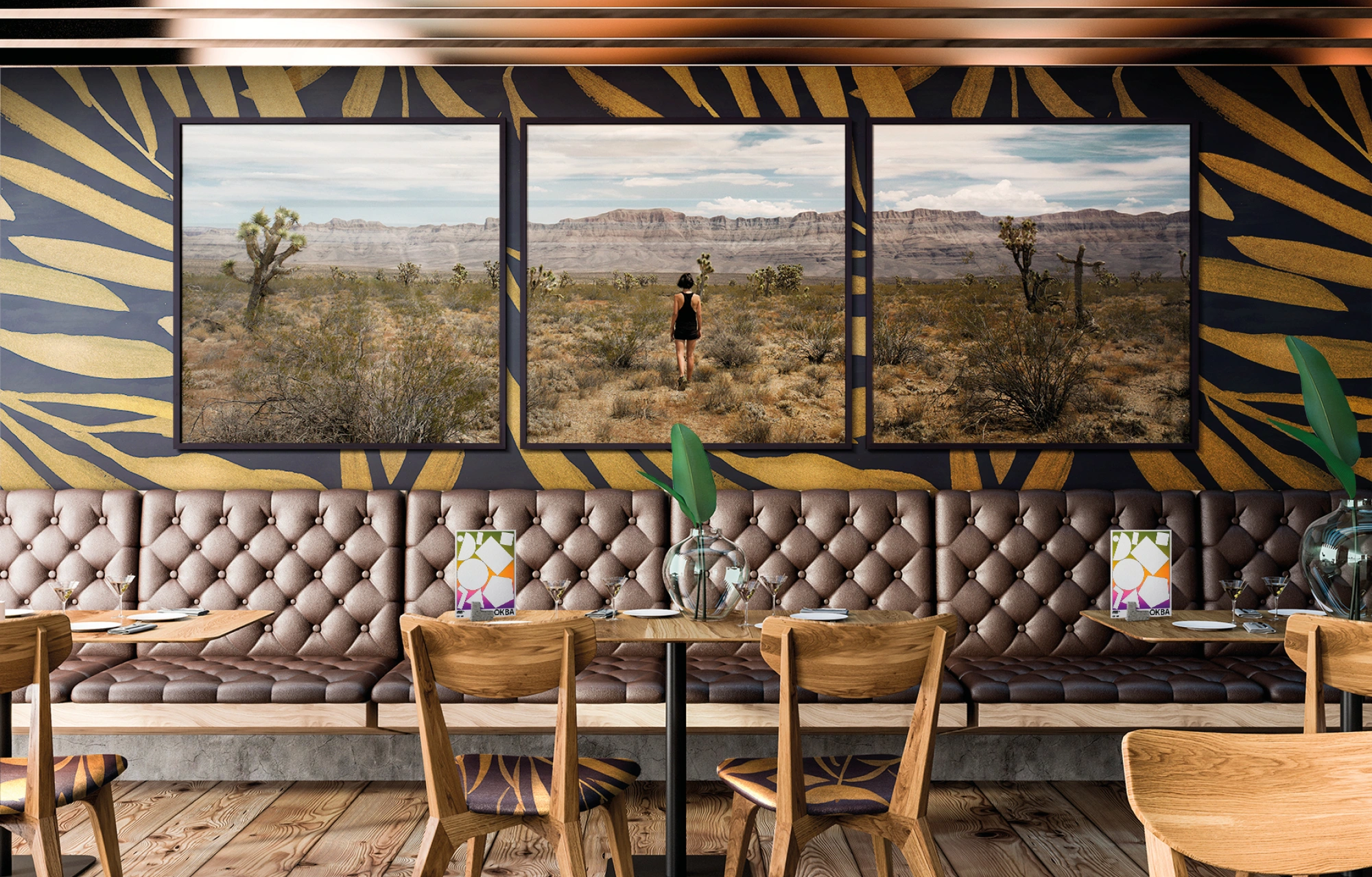Blog
The Key Elements of a Sustainable House Design

Graphic Arts
|11 Mar 2023
The emerging trend of applying sustainable architecture to construction is becoming increasingly popular. Not only does it provide a solution to rising energy costs, but it also aligns with people's desire to reduce their carbon footprint and conserve the environment. That is why, today, multiple AEC firms have started introducing sustainable house design options as part of their services. These designs incorporate eco-friendly housing features that meet client needs and provide them with a safe and healthy home to thrive in. Let us discover more about sustainable architecture house designs and how AEC experts are building them.
What Is Sustainable Architecture?
The UN Brundtland Commission defines sustainability as "meeting the needs of the present without compromising the ability of future generations to meet their own needs." Sustainable architecture is a branch of sustainable development. It refers to the design of buildings that help create healthy living environments by minimising energy consumption and using human resources. This reflects in a building's materials, construction methods, and design.
Why Is Sustainable Architecture Becoming Increasingly Important?
What Are Sustainable House Designs?
What Are the Key Components of Sustainable Architecture and Housing Design?
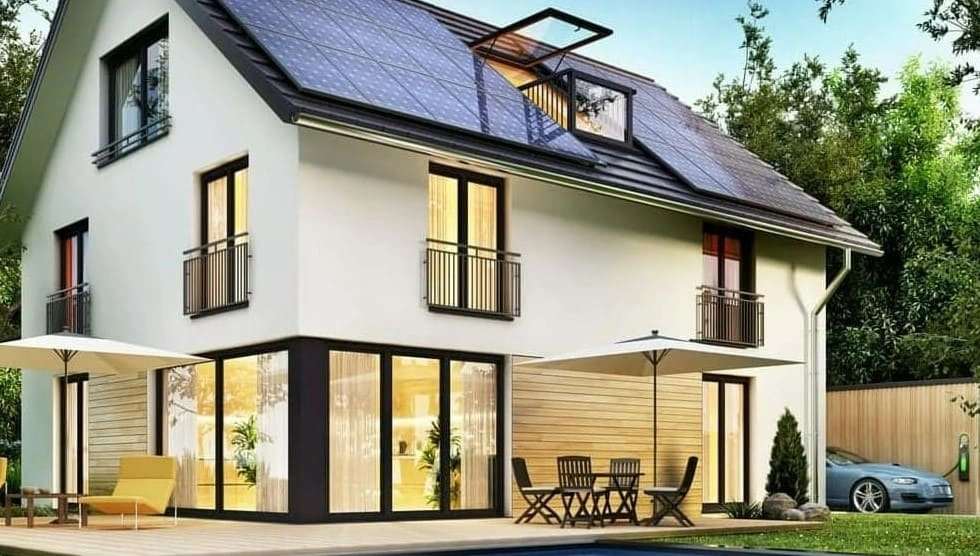
Sustainable house design starts with features incorporated into the design before the build even begins. A high-quality large format printer/plotter is an important tool used by AEC professionals to draft detailed blueprints, designs, and plans for sustainable homes. HP is recognised among the most sustainable companies in the world. Contact HP Virtual Booth to learn more about sustainable home design or to see our available printers.
You Might Also Like
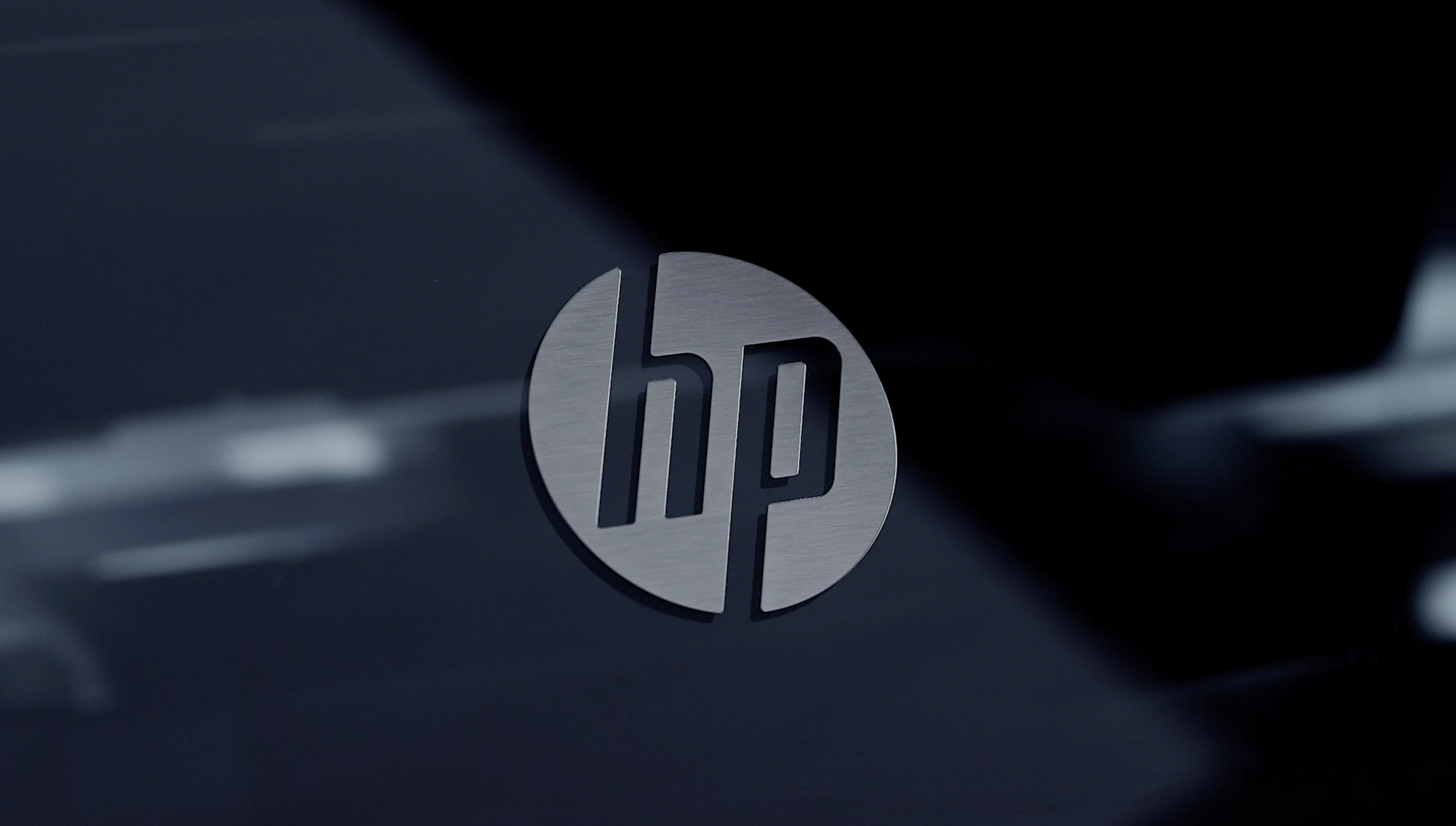
Say yes to big opportunities and bigger margins

Smart Building Automation Systems & How They Reduce Costs
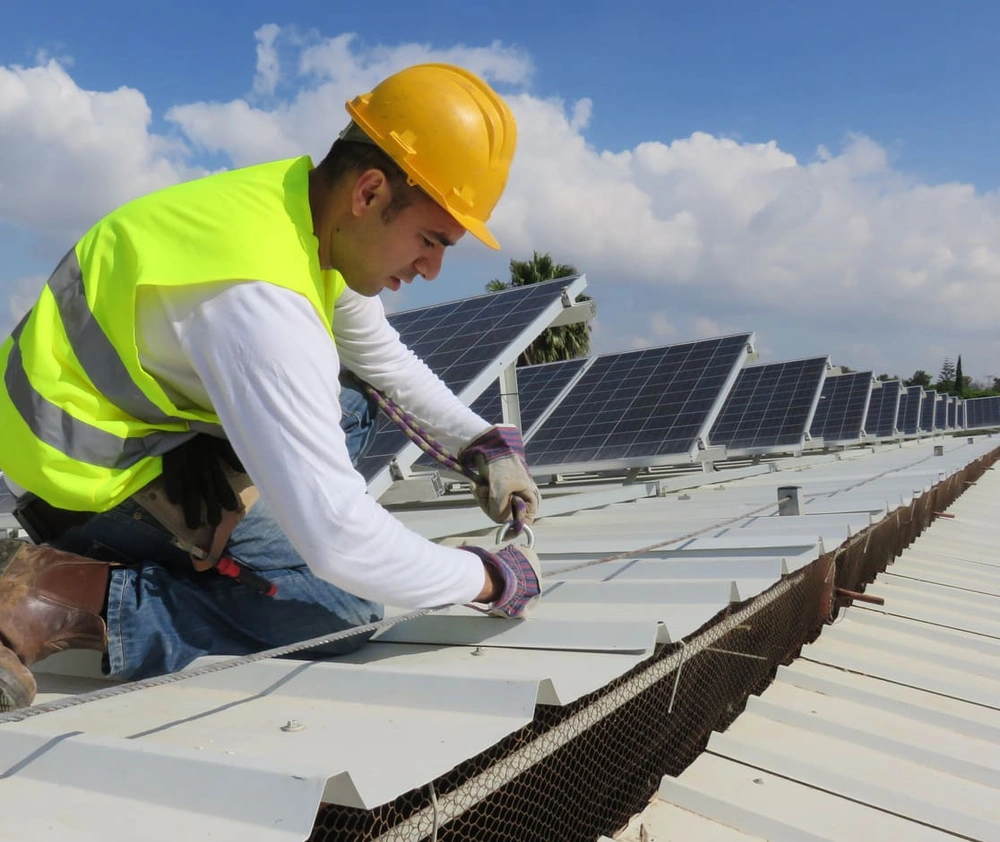
Understanding Cost of Sustainable Construction: Is It Cheaper?
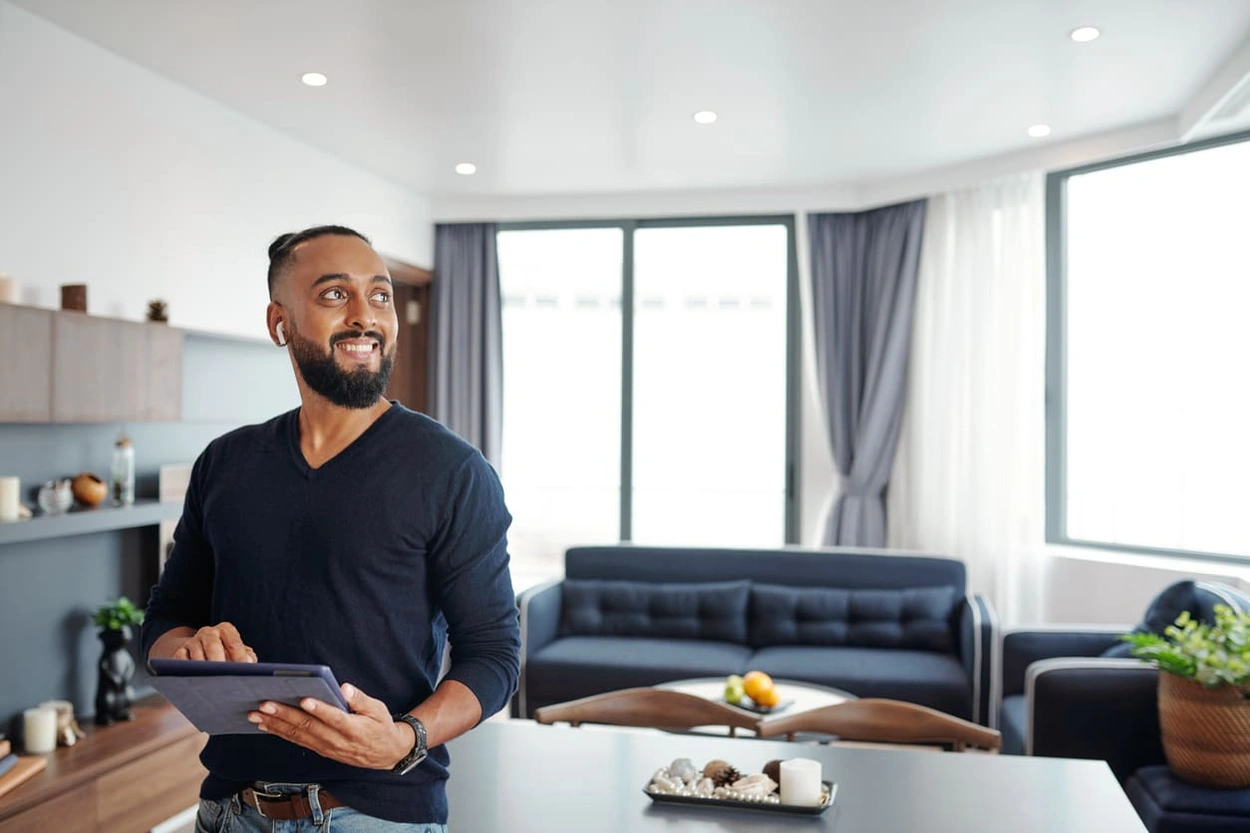
Building Automation Trends: Why Automation Is Crucial for AECs

How to support employee wellbeing in the print industry
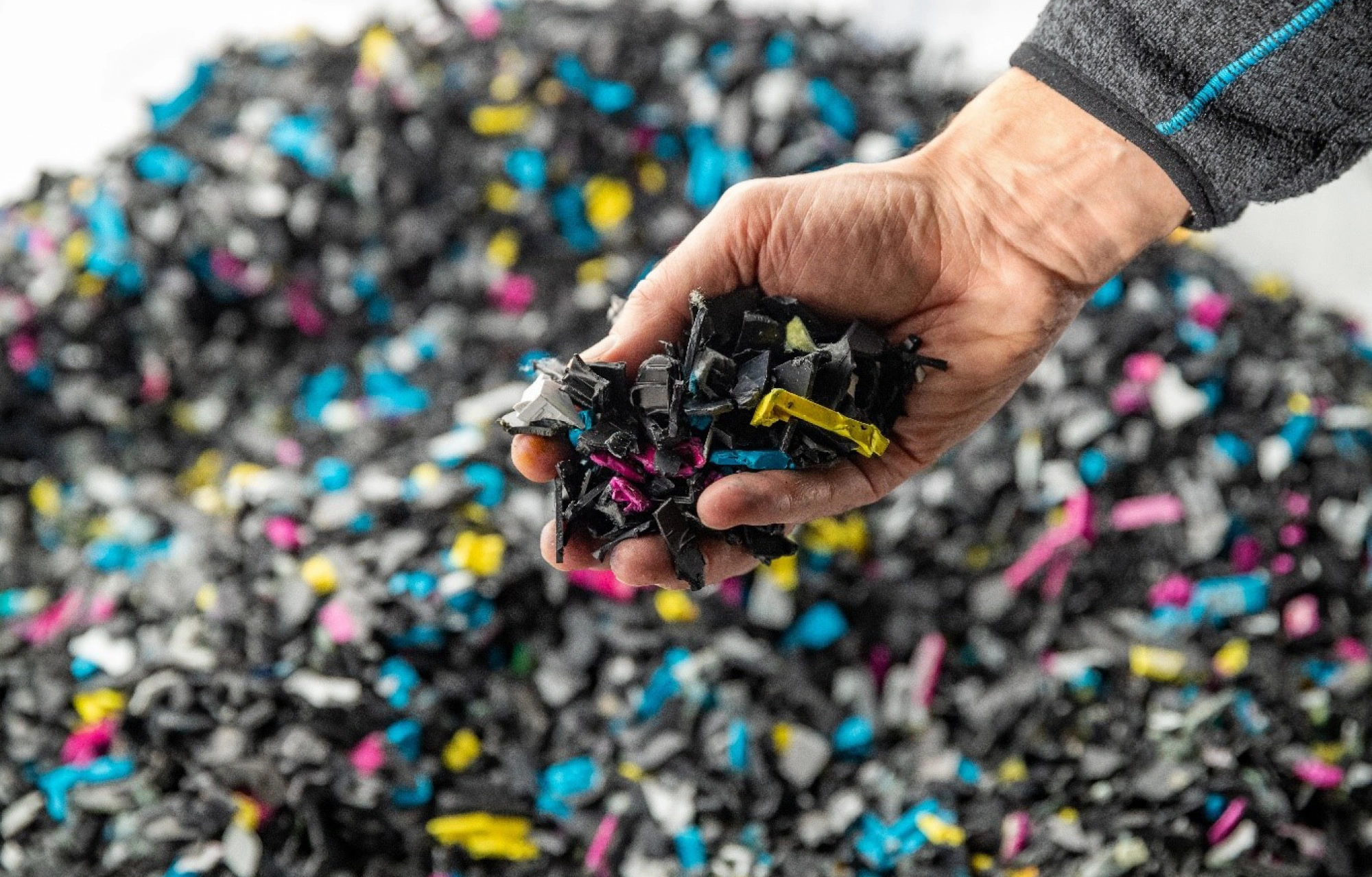
What to consider to print sustainably
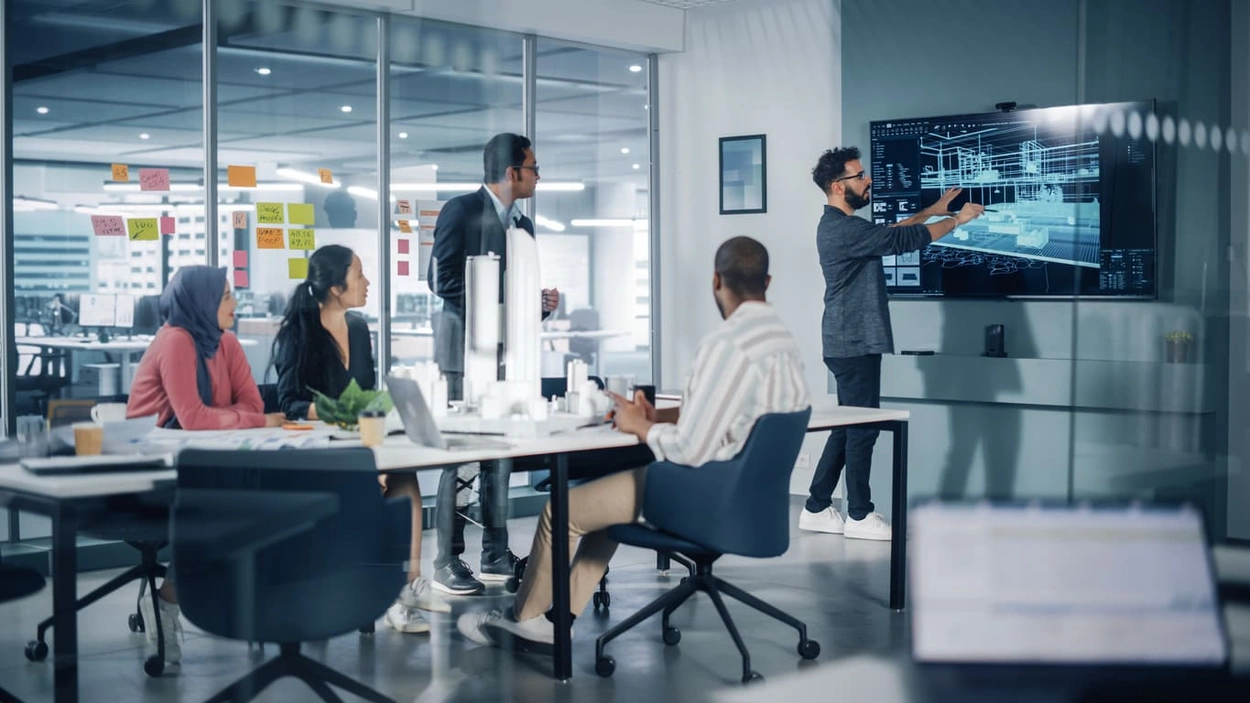
Green Building Benefits: Importance of Eco-Friendly Construction

How HP PrintOS helped Benson stay agile
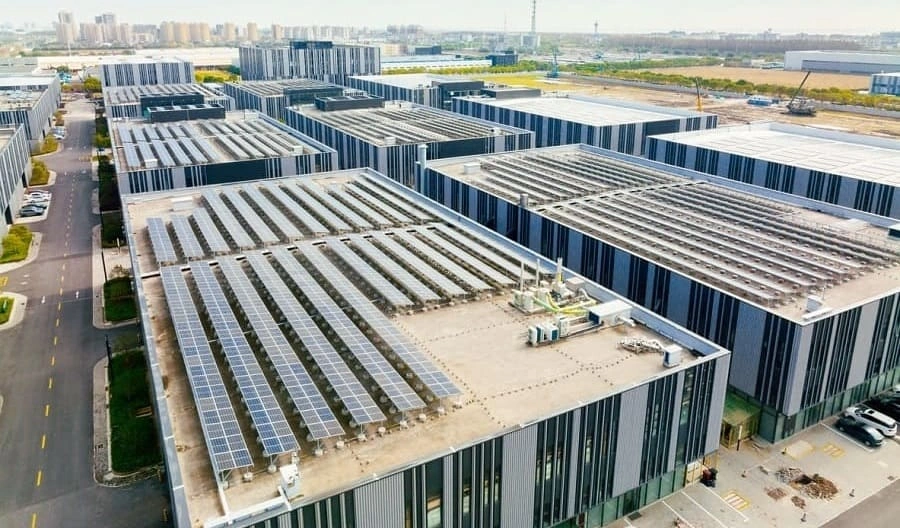
Top 5 Ways In Which AECs Are Using Green Building Materials in 2024

HP Latex Print and Cut Plus Solutions spotlight: Level-up your print operations

Sustainability in Architecture: Designing for the Future
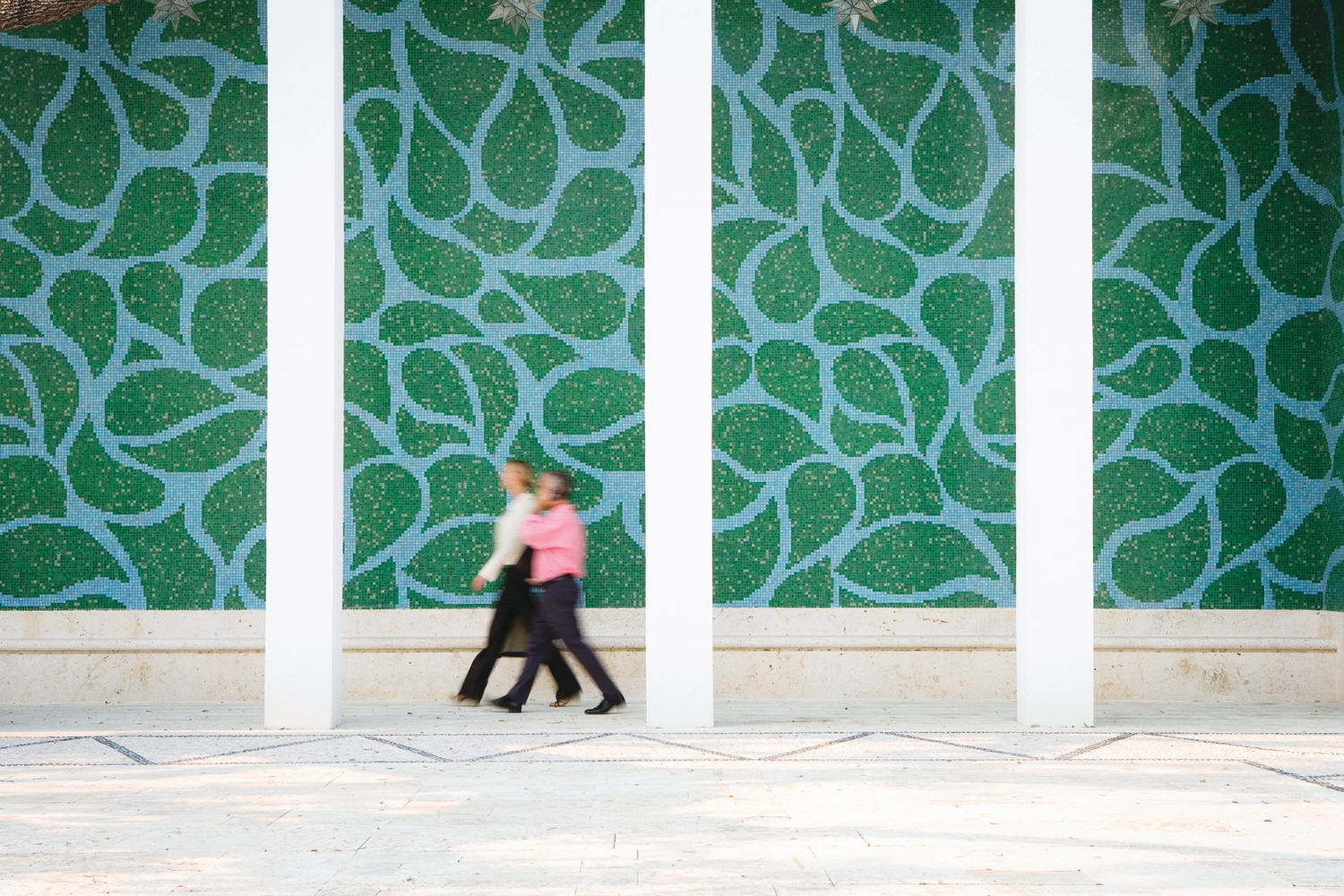
Driving a Zero-Carbon Future with Sustainable Construction Materials
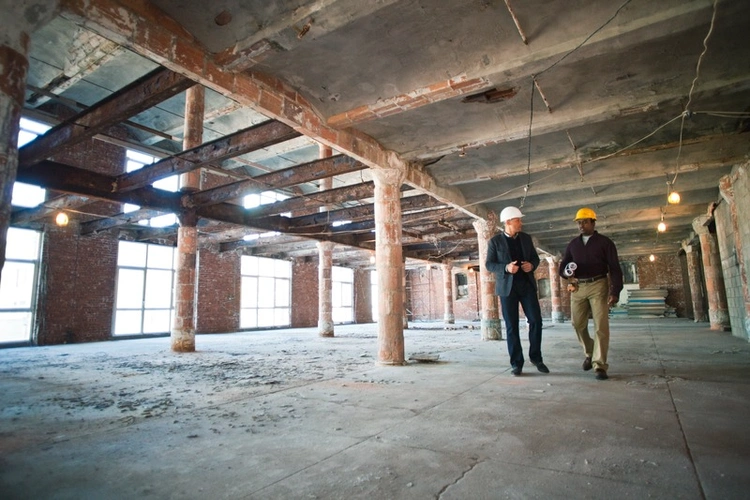
From Green Building Construction to Digital Offices: 4 Predictions for Post-Covid Architecture
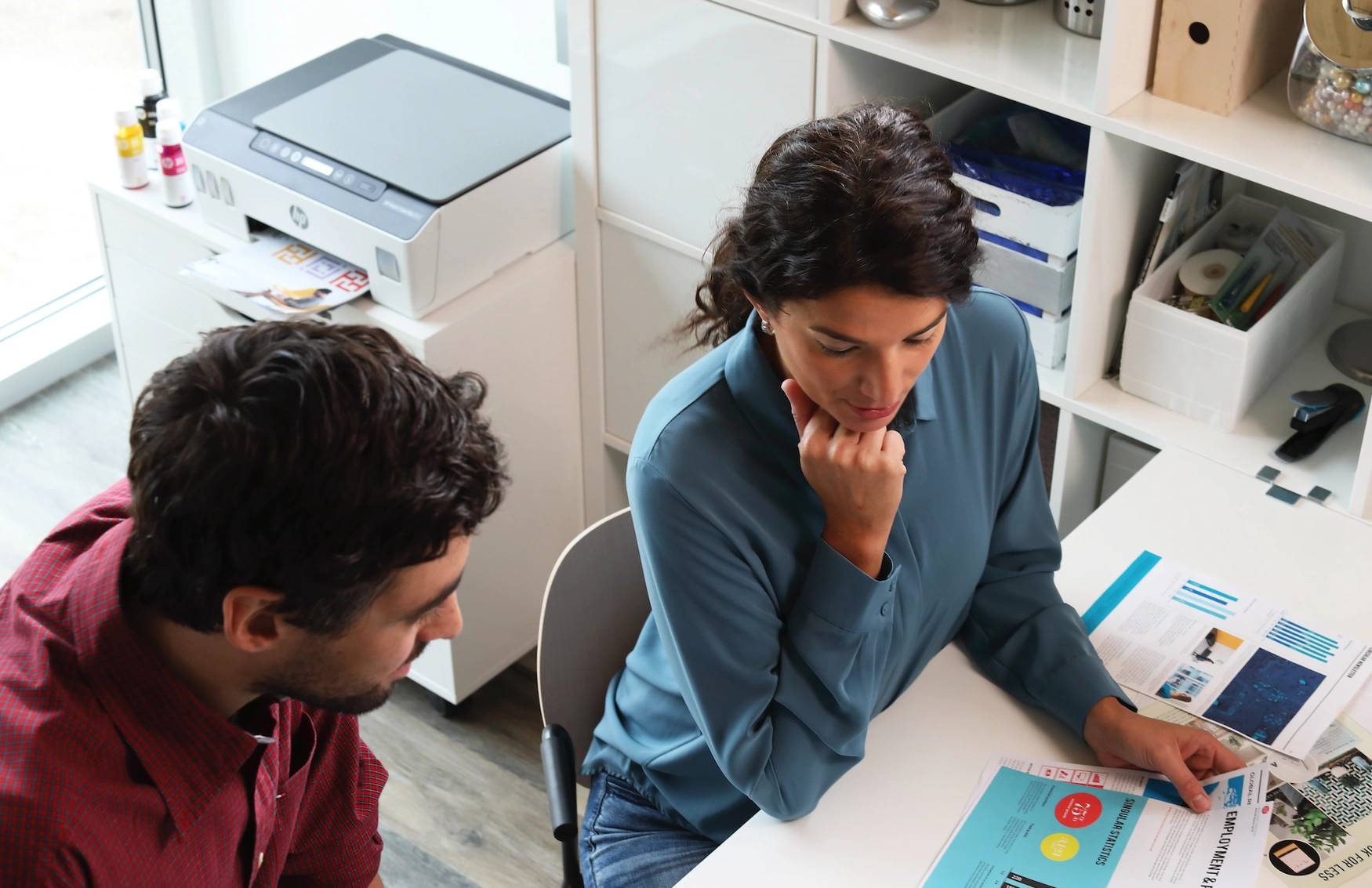
5 Ways AECs Can Go Green With Eco-Friendly Office Printing

9 Essential Tips for Car Wrapping

Why the print industry needs a sustainable edge
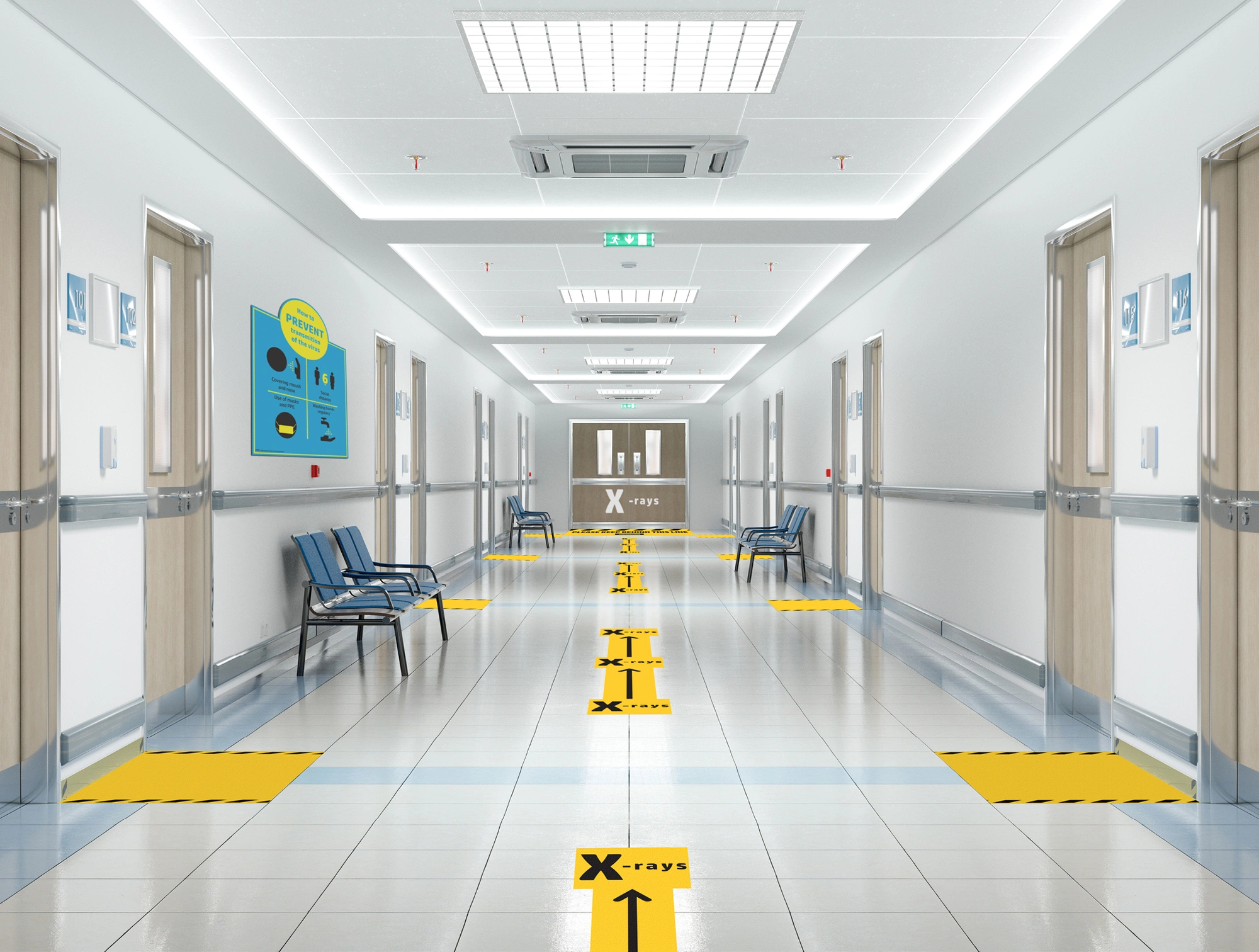
The 10 dos and don’ts of wayfinding floor signage

Sustainable Construction: The Eco-Conscious Future Of The AEC Sector

Key features to look for when buying a 24-inch printer plotter
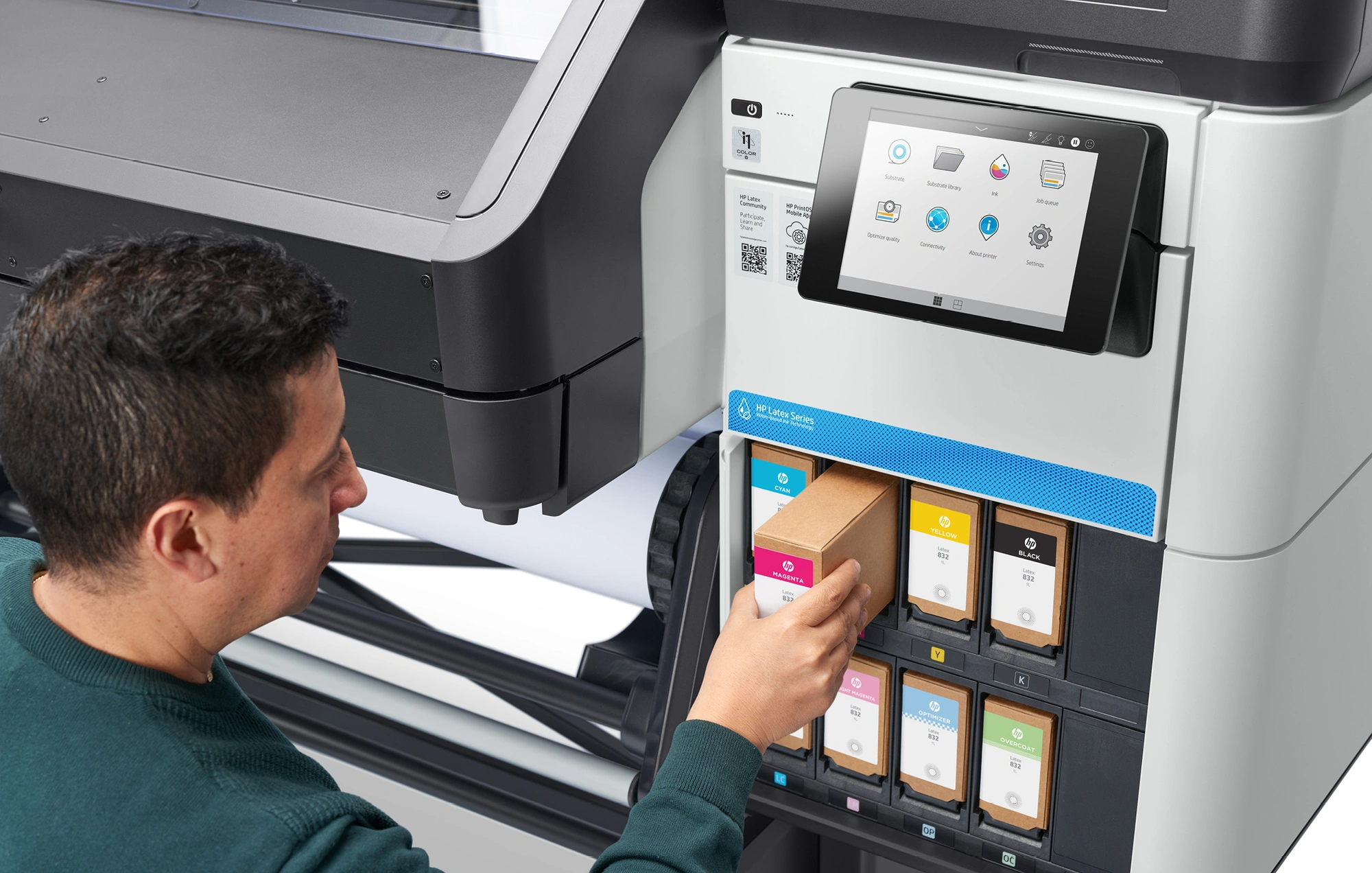
Everything you need to know About HP Latex Inks
Select Your Country/Region and Language
Close Country/Region Selector Dialog- Africa
- Afrique
- België
- Belgique
- Česká republika
- Danmark
- Deutschland
- Eesti
- España
- France
- Hrvatska
- Ireland
- Italia
- Latvija
- Lietuva
- Magyarország
- Middle East
- Nederland
- Nigeria
- Norge
- Österreich
- Polska
- Portugal
- România
- Saudi Arabia
- Slovenija
- Slovensko
- South Africa
- Suisse
- Suomi
- Sverige
- Switzerland
- Türkiye
- United Kingdom
- Ελλάδα
- България
- Казахстан
- Србија
- Україна
- ישראל
- الشرق الأوسط
- المملكة العربية السعودية
HP Worldwide
Select Your Country/Region and Language
- Africa
- Afrique
- América Central
- Argentina
- Asia Pacific
- Australia
- Bangladesh
- België
- Belgique
- Bolivia
- Brasil
- Canada
- Canada - Français
- Caribbean
- Česká republika
- Chile
- Colombia
- Danmark
- Deutschland
- Ecuador
- Eesti
- España
- France
- Hong Kong SAR
- Hrvatska
- India
- Indonesia
- Ireland
- Italia
- Latvija
- Lietuva
- Magyarország
- Malaysia
- México
- Middle East
- Nederland
- New Zealand
- Nigeria
- Norge
- Österreich
- Pakistan
- Paraguay
- Perú
- Philippines
- Polska
- Portugal
- Puerto Rico
- România
- Saudi Arabia
- Singapore
- Slovenija
- Slovensko
- South Africa
- Sri Lanka
- Suisse
- Suomi
- Sverige
- Switzerland
- Türkiye
- United Kingdom
- United States
- Uruguay
- Venezuela
- Việt Nam
- Ελλάδα
- България
- Казахстан
- Србија
- Україна
- ישראל
- الشرق الأوسط
- المملكة العربية السعودية
- ไทย
- 中华人民共和国
- 臺灣 地區
- 日本
- 香港特別行政區
- 한국
- Recalls |
- Product recycling |
- Accessibility |
- Modern Slavery Act Statement |
- Privacy |
- Terms of use |
- Use of cookies |
- Australia packaging covenant |
©2025 HP Development Company, L.P. The information contained herein is subject to change without notice.
